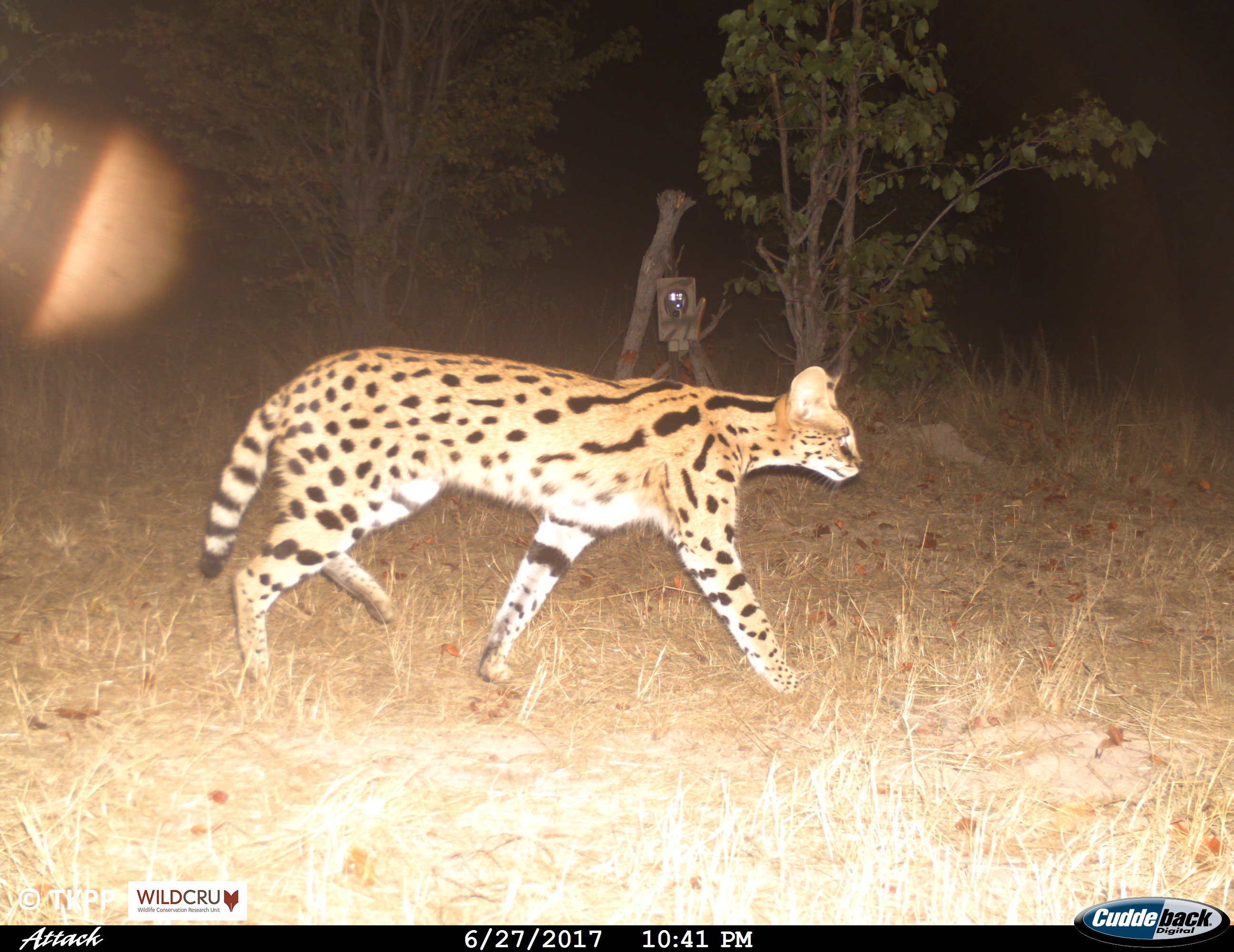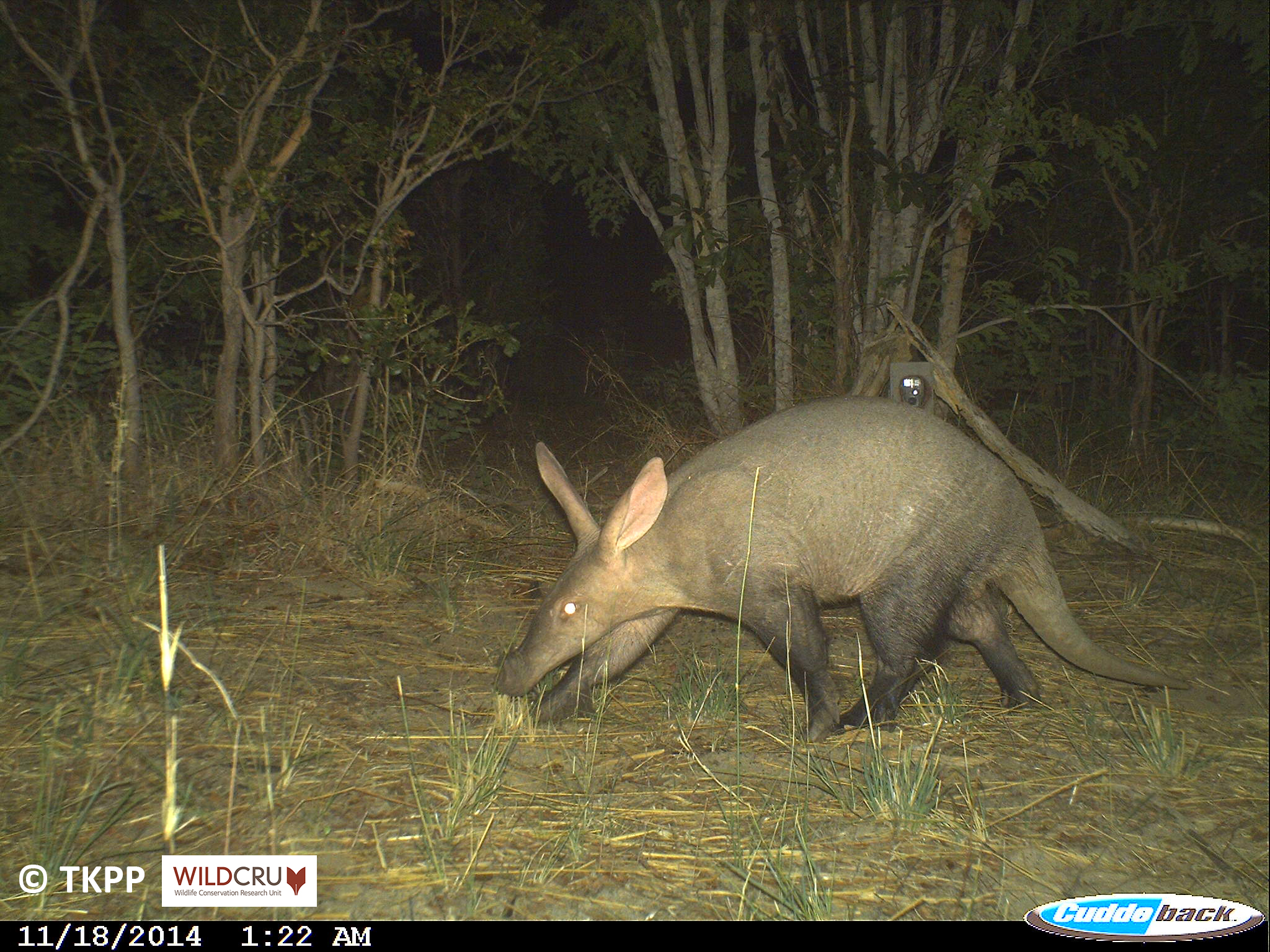New funding will leverage AI to analyse camera trap images
Posted: 1st May 2024
A new grant will fund development of a software tool, MorphoCam, which will leverage AI to automatically detect and estimate distance to animals in camera trap images. The grant has been awarded to academics at Oxford’s Departments of Biology and Computer Science by the Natural and Environmental Resources Council (NERC).

Imaging technology is used in biodiversity monitoring projects across the world, and has been transformative in enabling widespread, automated data collection on a scale that wouldn’t be possible to carry out manually. Camera traps are one of the most popular options, with a wide range of applications from assessing population density and conservation outcomes to evaluating the health of individual animals.
However, whilst the volume of data collected has been a huge step forward for biodiversity studies, it’s also one of the biggest challenges. Several tools have been developed to automate the process by removing images without animals in them and identifying the species that are found – but assessing population density has generally only been able to be automated for marked species – those that have identifiable patterns, such as a leopard’s spots.

However, most animal species detected by camera traps are unmarked. Distance sampling is one of the most popular techniques for surveying wildlife populations, and the new software will for the first time enable the distance of animals to camera traps to be estimated automatically by leveraging AI tools from computer vision.
The tool will also allow researchers to measure body size and shape and to construct digital 3D models of photographed animals - information which can be used to estimate an animal’s age and body condition. This will give researchers a greater understanding of the age, structure and health of a population, which is important for prioritising and monitoring the impact of conservation interventions. The tool will be released as an open-source package for other researchers and scientists to use and adopt.
